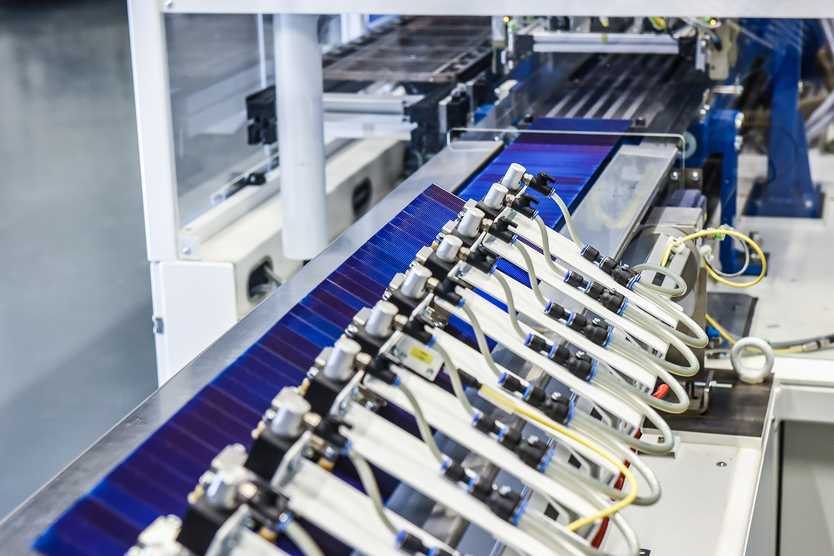
While the test was being run, the amount of electricity transported in the grid was reduced, which helped to eliminate energy transport bottlenecks.
© Fraunhofer ISE
Germany’s power grid must stand up to the challenges of a renewable energy supply if Energy Transition is to be achieved. Two of the Federal Ministry for Economic Affairs and Energy’s (BMWi) SINTEG programmes called “C/sells” and “enera” (funded to develop solutions for the smart grid) have been integral in completing the first nationwide “intelligence test” for Germany’s grid in April 2020 – a real step forward.
C/sells focuses on southern Germany, which will shift towards solar energy and biogas, while enera focuses on northern Germany, which has plentiful wind power. Both have developed online platforms to network decentralised renewable energy plants within their regions, which one day will replace conventional power plants.
Within the two frameworks, the first national test call was coordinated with the network operators Avacon Netz GmbH, Bayernwerk Netz GmbH and EWE Netz GmbH at the request of the transmission system operator TenneT, based in northern Germany. In practice, the electricity consumption of an energy storage facility in Lower Saxony was increased in order to absorb electricity from renewable energies. At the same time, at the opposite end of the country in Bavaria’s load-bearing Bayernwerk area, biogas and CHP plants fed in more electricity at the request of the local network operator in order to meet the local demand for electricity. While the test was being run, the amount of electricity transported in the grid was reduced, which helped to eliminate energy transport bottlenecks.
Commenting on the successful test results in PV Magazine, TenneT’s MD Tim Meyerjürgens said: “In the future, we will need millions of decentralised systems to stabilise the transmission grid…To achieve this, network operators at all levels need to work together and develop new tools to exploit the potential of CHP plants, heat pumps, biogas plants, battery storage, electric cars, power-to-gas plants and other decentralised systems to improve the security of the electricity grid.”


